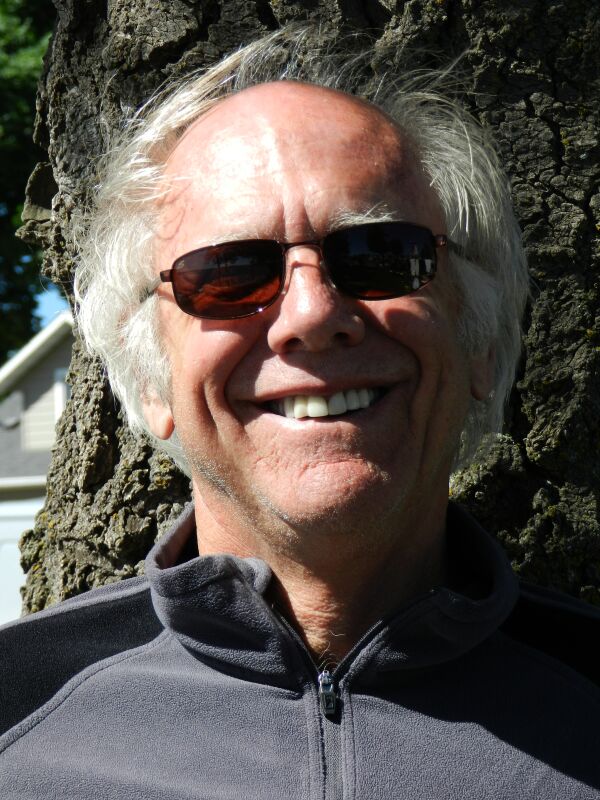2014 Kona Worlds in Islamorada – an Interview with Event Chair Michael Fox
In exactly three weeks (Oct 31 – Nov 5), 100+ competitors from around the world will come together in beautiful Islamorada, Florida for the 2014 Kona World Championships. We thought this would be the perfect time to sit down with Michael Fox, event Chairman and President of Kona USA, to preview this world-class event and learn about what the Kona Class is all about!
Michael, a Kona racer himself these days, has been involved in organizing windsurfing events in the US for nearly 30 years, and the task of organizing the 2014 World Championships for the Class couldn’t be in better hands.
Enjoy the interview!
US Windsurfing: What makes the Kona Class special?
Michael Fox: It is a well-supported one-design class with a board that is very entry-level friendly, with body weight differences equalized accordingly with sail size and relying on true sailing skills and tactics by the elimination of pumping.
Is it for advanced or beginner racers?
It is definitely a strong class for beginner racers based on the virtues I just mentioned, but should also appeal to the advanced racers who want to see how they perform on the most level playing field in all of sailing.
Can you race in 3 knots?
Yes and we’ve done it. Two years ago, we were forced to race in barely 3 knots of thermal wind generated by a highway running next to the lake. The wind pattern reached out a quarter mile and ran a half mile down the beach. The competition was tight, but the qualifier was that the water was absolutely flat. I wouldn’t want to race in 3 knots if there was a swell or boat chop.
Can you race in 30 knots?
There are definitely those who can race in 30 knots. I was on the RC boat at our first Worlds in Miami when the winds were peaking at 30. But the majority of the starters sailed in survival mode or didn’t finish at all. If it is not a major championship, I have always preferred to switch to a slalom format in the higher winds if it will help get more people off the beach and across the finish line.
How fast is the Class growing?
It is growing at a very steady and healthy rate, faster than most any other windsurfing class in many years. We are currently adding 500 boards per year with Sweden leading the wave. The U.S. is probably second, although we have yet to develop the West coast at all. With the 2015 U.S. Nationals scheduled for Cabrillo Beach, we will soon see Kona flowers west of the Rockies.
When did it first break through in the US?
It started very early in Florida, thanks to the popularity of the Calema Midwinters and our Florida-based distributor who recognized the value of a well-supported one-design class to the faltering racing scene. But it was the 2010 Kona Worlds held off South Beach in Miami that helped spread the seeds across much of the continent. The Kona flower quickly took strong roots in Toronto, the Midwest and Texas, and a year later in New England.
Why are the Worlds in Islamorada special?
If you have ever windsurfed or raced in the Keys, you shouldn’t ask that question with a straight face. We are sailing out of the Guy Harvey Islander with most of the competitors staying there and the rest less than a mile away. Islamorada offers many activities both on and off the water for non-racing family members. And then there is that Island mystique which is much more than umbrella drinks at the Tiki bar.
How many countries and athletes do you have registered?
At this point, we have 12 nations and over a hundred racers registered. I believe we have the charter boards to reach 115 or a little more.
How hard is it to organize such an event?
For 28 years, I was fortunate to lead a dedicated group of volunteers in putting on the Mille Lacs Crossing which was basically a high-risk, long-distance race that took an afternoon. I often said that it would be much easier to plan and run a national championship regatta than put on the Crossing. I won’t use those words again. My experience in running major events several hours from my home base provided for some false confidence. But fortunately, while I faced various obstacles that confront a World championship, I was regularly rewarded with the excitement from registrants. And while I have had a smaller team than I had for the Crossing, they have provided great support and input.
What conditions are you expecting?
The lightest reports from that time of the year are 8-10 knots. If we get an early season front moving through, we will have some high wind racing. At the very least, the winds should easily be Kona winds and when it picks up to planing speeds, we have a reef outside the race area keeping the water relatively flat.
Any early favorites to take the crown?
Vegas is still working on that formula. We have several older competitors with multiple world and national championships under their belt. And then we have nearly as many younger racers who have been absorbed in Olympic campaigns who should definitely make a presence on the award podium. No pumping and the sail size-to-weight balancer helps erase the age and weight handicaps, meaning more racers reaching the first mark seconds apart and close finishes throughout most of the fleet. The crown will definitely be earned.

